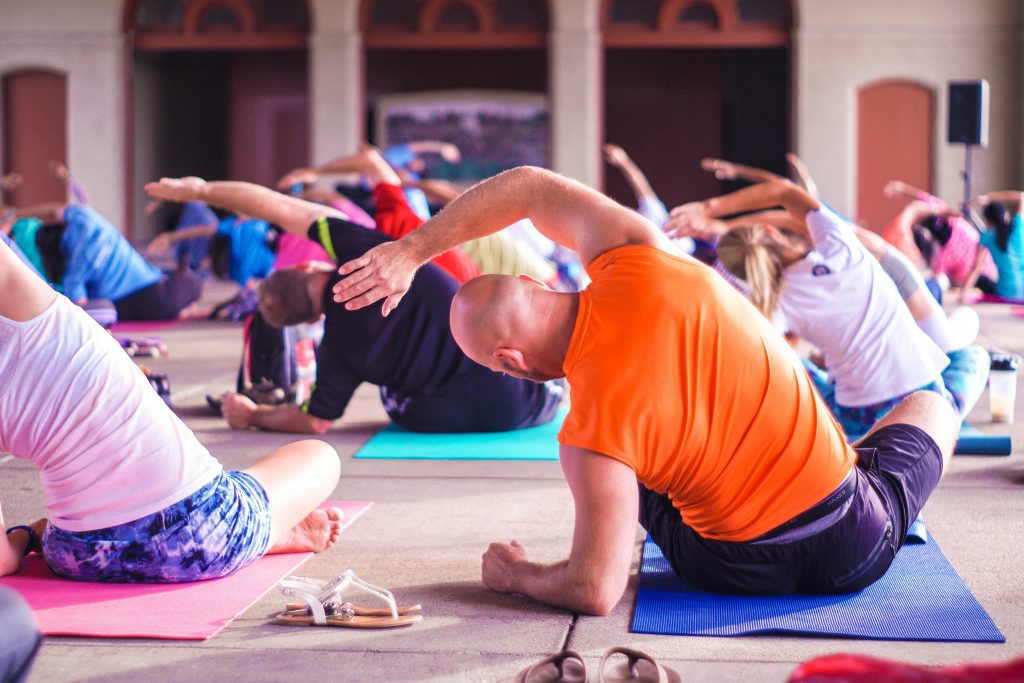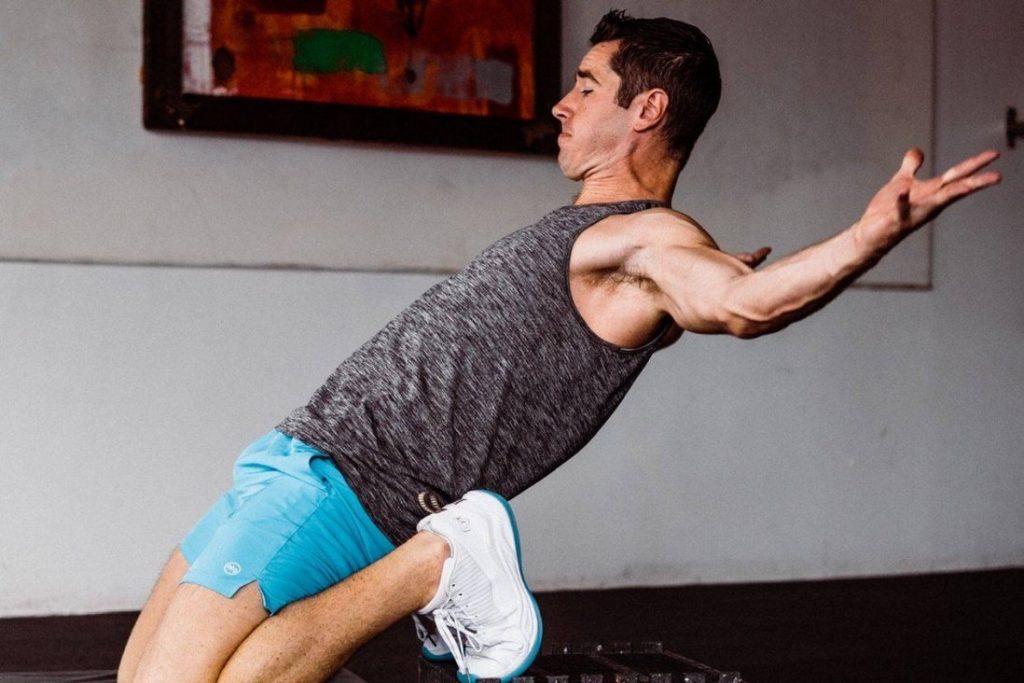We are not a running website! We are definitely not a fitness magazine. We do, however, really care about our runners.
While doing some research for my own training, I’ve stumbled across some great resources and nuggets of wisdom that I thought would be of use to our amazing team. So, here’s some tips, tricks and links from us here at Dragonfly Cancer Trust…
Distance
The consensus seems to be that, in order to comfortably run a half marathon, you should be running (at least) about 20 miles a week, running for around 2 hours in total. For anyone planning on walking/running to the finish however, this should be somewhere in the region of 10 miles or 1-1.5 hours of running. This sounded like a lot to me too, but by splitting your training days up and incorporating rest and a good diet, it’s actually more manageable than you’d think. You have 24 weeks (at the time of me writing this) until the GNR, so about enough time to go through most half-marathon training programmes twice! Here’s the official Great North Run training plans for walkers, first timers and those looking to improve on a previous run:
Pace
It’s always best to have a goal. Why not give yourself a time to chase on race day? Even if you’re a casual runner or you’re just putting in the effort to raise money for charity, having an idea of pacing can stop you from getting caught up in the race day nerves. Try to give yourself a sense of how quick your race pace is so you can develop that all-important muscle memory. There are plenty of pace calculators out there to work out how long it might/should take you to finish the race, even if you’ve never ran the distance before.
Check out this very useful time predictor from Runners World:
And these time/pace charts to get an idea of how pace translates into overall completion time for a half marathon:
Remember, around 80% of your training should be done at an easy, ‘conversational’ pace so as to minimise risk of injury and maximise the frequency of your training runs. Varying your training between slow and quick paces can be a great way to quickly improve your fitness, and adds some variety to your routine, making sure your mind doesn’t get bored and your muscles don’t become injured through repetition.
Use this guide from Nike to work out a good recovery/training pace based on your personal bests!
Rest
This should be the no.1 tip for newbies and returning veterans but rest is your best friend. You can so easily over-train for a marathon but you risk doing more harm than good if you need to take time out because of injury or miss training days because you pushed yourself too hard. If you have a niggle, rest. If you have an injury, rest. If you went for your weekly long run yesterday, rest. This doesn’t mean sit on your sofa all day eating McCoys – walking, stretching, and low-level activities such as yoga are great ways to keep your muscles loose and ready for the next run. If you want to go the extra mile a maximise your recovery time, why not look into the very cool ‘new’ trend that all the pros are doing, hot/cold treatment.
Read about it here:

Diet
We aren’t nutritionists here, so I’ll refrain from offering you specific dietary advice. I will however say that to run right, you have to eat right. Protein, carbs and sugars should be paid close attention to, especially on race day so that you don’t cramp up or run out of energy with a mile to go.
Here are a few very helpful guides offering some dietary advice:
Strength/cross training
‘Man cannot live on jogging alone.’ Running involves so much more than just our legs! It’s a full body workout (including a mental one) so why do we sometimes forget to train the rest of our body? We all know it can get monotonous going for runs all the time, especially if you’re jogging round the same locations over and over. The good news is, you don’t need to feel like running is the only acceptable form of training. In fact, mixing up training is recommended. Overdoing one specific exercise (such as jogging) is likely to result in some kind of repetitive strain injury while throwing in other forms of exercise allows you to fully train and strengthen essential running muscles while reducing the risk of injury.
Try incorporating backwards running (this is a genuinely new and unique type of training which has become popular for knee strengthening and physiotherapy — see @kneesovertoesguy on Instagram or YouTube for more on this), HIIT training, hill runs, jumping circuits and ab work outs into your routine.

This article outlines some great exercises that guarantee to help your times and improve your overall fitness:
Stretching, warm ups and cool downs
You’re not 13 anymore. Sorry. You cannot, I repeat, YOU CANNOT simply get-up-and-go in the same way you used to without expecting some very unpleasant tweaks, pulls, niggles and snaps. You need to warm up, no matter how far or how hard you’re planning on going. A good warm up is typically 5-10 minutes long with the main goal being to raise your heart rate and increase blood flow to essential muscles. Try to avoid static holds deep stretches, instead go for whole body movements and gentle dynamic stretches that gradually increase in intensity. Cool downs and stretching on your recovery days will also massively improve your flexibility and resilience during training. Taking just 5-10 mins at the start and end of your workout can save you days, even weeks in recovery time.
Have a look at these articles to find the best stretches for running – have a go at them all and if you find you struggle with one in particular well then, you’ve found where you’re carrying tension!

